Air Source Heat Pump Installation
Installation Of Air Source Heat Pumps In The UK
Air Source Heat Pump Installation Service
Heat Pump Installers are the go-to people for anything related to air source heat pump installations. Heat Pump Installers are highly trained and certified individuals with the know-how and experience to get the job done right the first time.
Regarding air source heat pump installations, there are a few things to keep in mind. First, these types of installations can be very complex, so it is vital to contact Heat Pump Installers who are knowledgeable and experienced in this field. Below we outline some of our most asked questions regarding installing an air source heat pump.
Can I Install An Air Source Heat Pump Myself?
Installing an air source heat pump is not a DIY project, but there are specific piping components that a competent do-it-yourself may install. Generally, the refrigerant lines must be installed by a certified and licensed professional to work with this type of equipment.
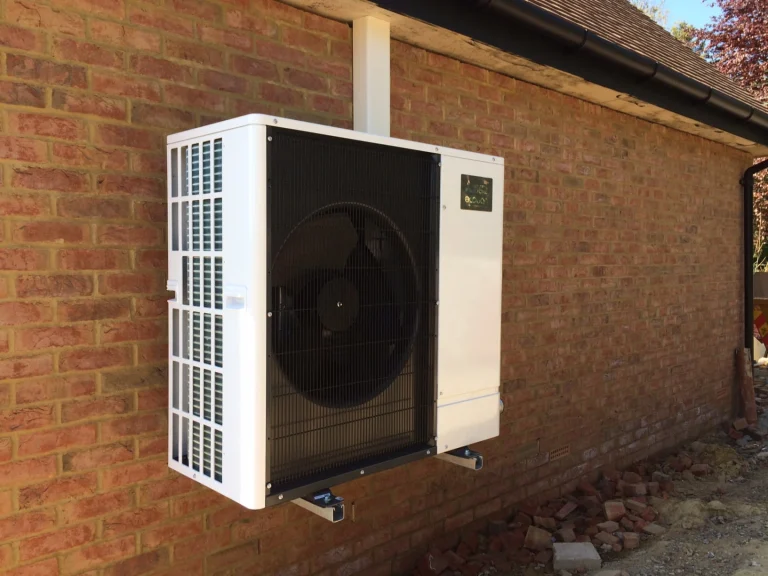

What Does It Cost To Install An Air Source Heat Pump?
Heat pumps aren’t cheap, and they require a lot of maintenance. According to the Energy Saving Trust, an air source heat pump installation will cost between £6,000 and £18,000, while a ground source heat pump installation will cost between £8,000 and £35,000, dependent on the amount of heat required.
Where Is The Best Place To Put An Air Source Heat Pump?
Ideally, an air source appliance should be placed in an area that isn’t too confined. For example, one side of your home may have a tiny alleyway, but the other side may be entirely landscaped. It would be more beneficial to install it in the garden rather than in the tight alleyway.
UK Installers
Can Air Source Heat Pumps Work With Radiators?
Radiator circuits or combinations of radiators and underfloor heating are practical for heat-pump installations. To supply the radiators, the central flow temperature should be set at 50°C, but the underfloor circuits will include a “blending valve” to lower this temperature.
Do You Need A Boiler With An Air Source Heat Pump?
If your home was built within the last 30 years, it’s likely to have a water heating system. Water heaters in these systems are designed for hot water. They should not be used as a high-temperature boiler replacement unless the lower efficiency has been verified to ensure that it is the best option for the property.
Do You Need A Water Tank With An Air Source Heat Pump?
You may install a heat pump without a hot water cylinder, but you’ll only have heating access and need to add another technology or system to provide hot water. In most situations, people prefer a hot water cylinder, which is especially common in larger properties or those with more than one bathroom.
UK Maintenance & Support
Can I Get A Grant For An Air Source Heat Pump?
At least one sort of heat pump grant is available to all homeowners. Financial aid in the form of grants and loans can assist homeowners in making the transition, saving money on their energy bills, and lowering their carbon emissions simultaneously. It also aids the government’s efforts to achieve net-zero emissions by 2050 through financial assistance.
How Much Space Do You Need Around An Air Source Heat Pump?
The average area required by a standard trench loop system is about twice the floor space of your house from each story. The region is divided and dug into long trenches before the piping is laid roughly 1.2 meters below ground, as long as the ground is sufficiently porous to conduct heat. The average back garden is usually big enough to accommodate this system. You could also consider our Ductless Mini-Split Heat Pumps Installation service if you are limited with space.
Does An Air Source Heat Pump Need To Be Installed On An Outside Wall?
Yes. The outdoor or indoor units will dehumidify, and the resulting water must drain away, whether you’re heating or cooling your house. That’s why heat pumps are generally placed outside a building. A condensate pump can lift the water to the ceiling and discharge it if not placed on an outside wall. If you still have more question our Heat Pump FAQs has more answers that could be useful.
Free Quotation!
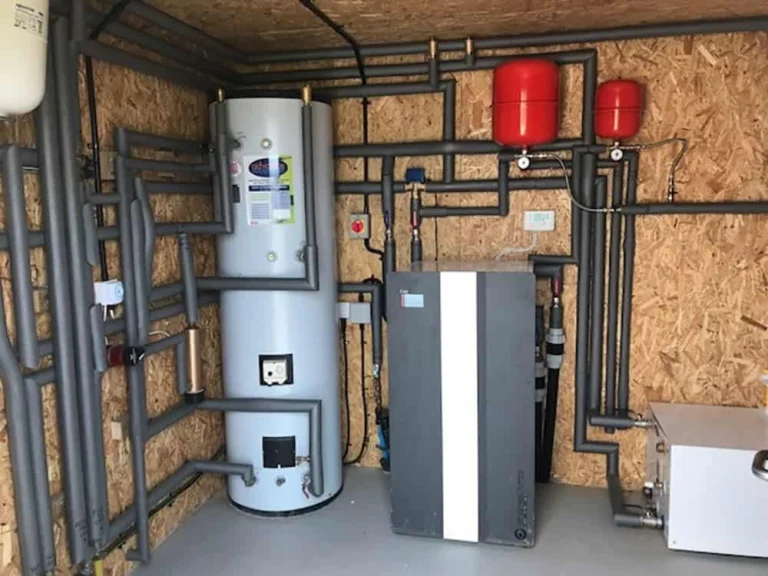
Is An Air Source Heat Pump Installed Inside Or Outside?
The heat pump’s central installation is generally outside your home, in a dry, well-ventilated location. This equipment is typically set up on one of the exterior walls of your property, near the ground.
Can An Air Source Heat Pump Be Installed On A Roof?
If the air source heat pump is installed on a flat roof, it should be no more than 1 meter from the roof’s edge. Permission would be required for air source heat pumps mounted on a pitched roof. It would be best if you also were cautious of shading when installing an air source heat pump on your roof.

Can Air Source Heat Pumps Be Installed In A Crawl Space?
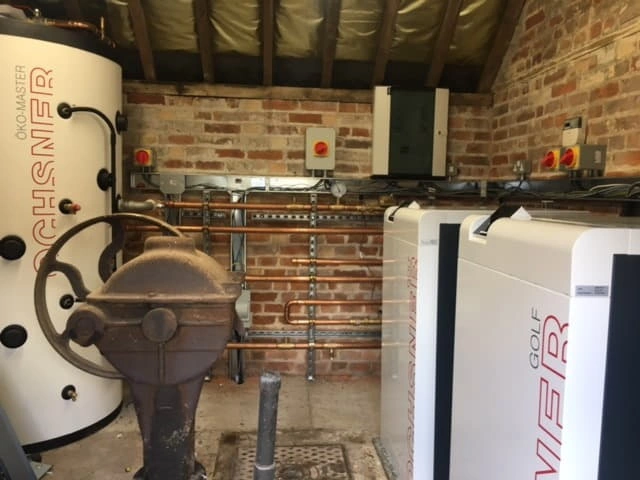
Can Air Source Heat Pumps Be Installed Indoors?
Ground and water source heat pumps may be placed inside (in a garage, basement, shop, or plant room) since they don’t exchange air – they take heat from the ground or water. You can put an air source heat pump inside, but it would be costly and inefficient.
Are Air Source Heat Pumps Noisy?
Is it true that all heating technology produces noise but that heat pumps are generally quieter than fossil fuel boilers? A ground source heat pump may produce up to 42 decibels, while an air source heat pump can reach 40 to 60 decibels.

Can You Replace A Gas Boiler With An Air Source Heat Pump?
In October 2021, the UK government announced a Boiler Upgrade Scheme that will assist homeowners in converting from a gas boiler to a heat pump (air source or ground source). The £450 million plan will last for three years and provides a £5,000 cash incentive for each house to install a new heat pump.
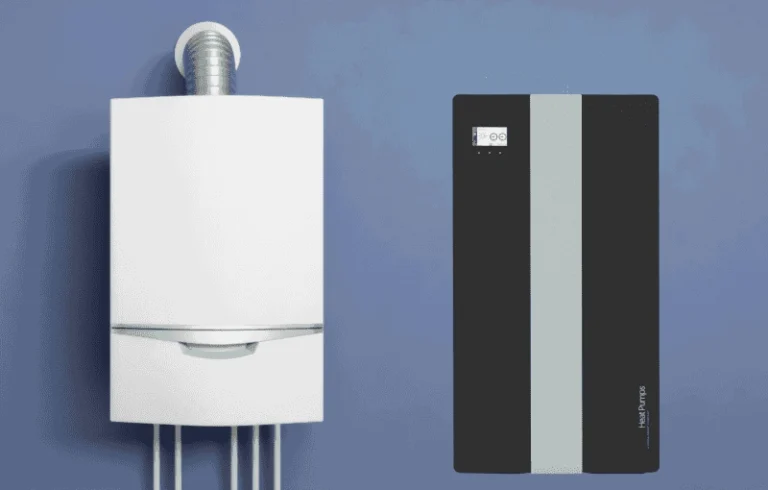
Can You Use A Heat Pump With A Boiler?
A bivalent system is made up of two heat pumps coupled together via a buffer tank. This implies you may continue to use your present gas or oil boiler if it is in good working order. When the heat pump can meet your demand, it will operate as much as feasible.
How Long Does It Take To Install An Air Source Heat Pump?
Installing an air source heat pump may take anywhere from two to five days, depending on any problems that might occur throughout the installation. You will not be disturbed for long because much of the installation takes place outside the home. If you need to use our Hybrid Heat Pump Installation service you can expect an extra two days.
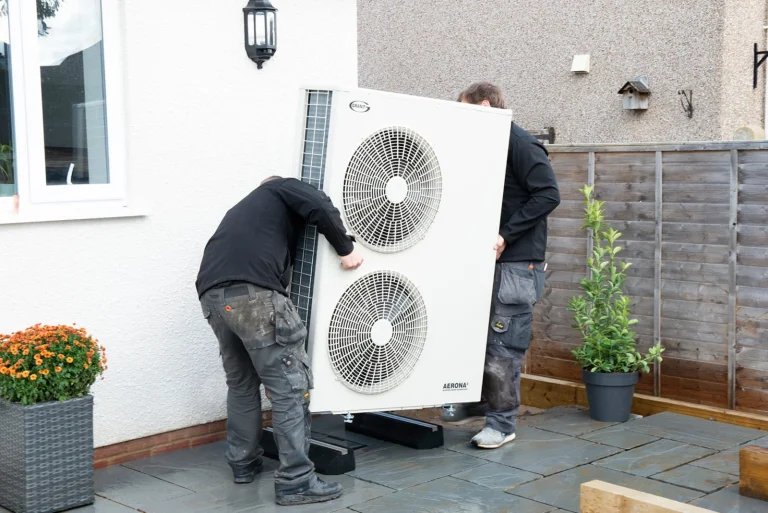
Can A Heat Pump Be In An Attic?
Attics Are a Great Place to Put a Heat Pump. While attics are not ideal for high-efficiency furnaces, they can accommodate heat pumps without difficulty because they are essentially backwards air conditioners, except for some equipment.
Can An Electrician Install An Air Source Heat Pump?
To install a heat pump, you need to hire a professional like our Heat Pump Installer Near Me service. To connect the device to the electrical supply, you’ll need a certified electrician (licensed electrical worker). After installation, you’ll get an Electrical Certificate of Compliance and an Electrical Safety Certificate as proof.
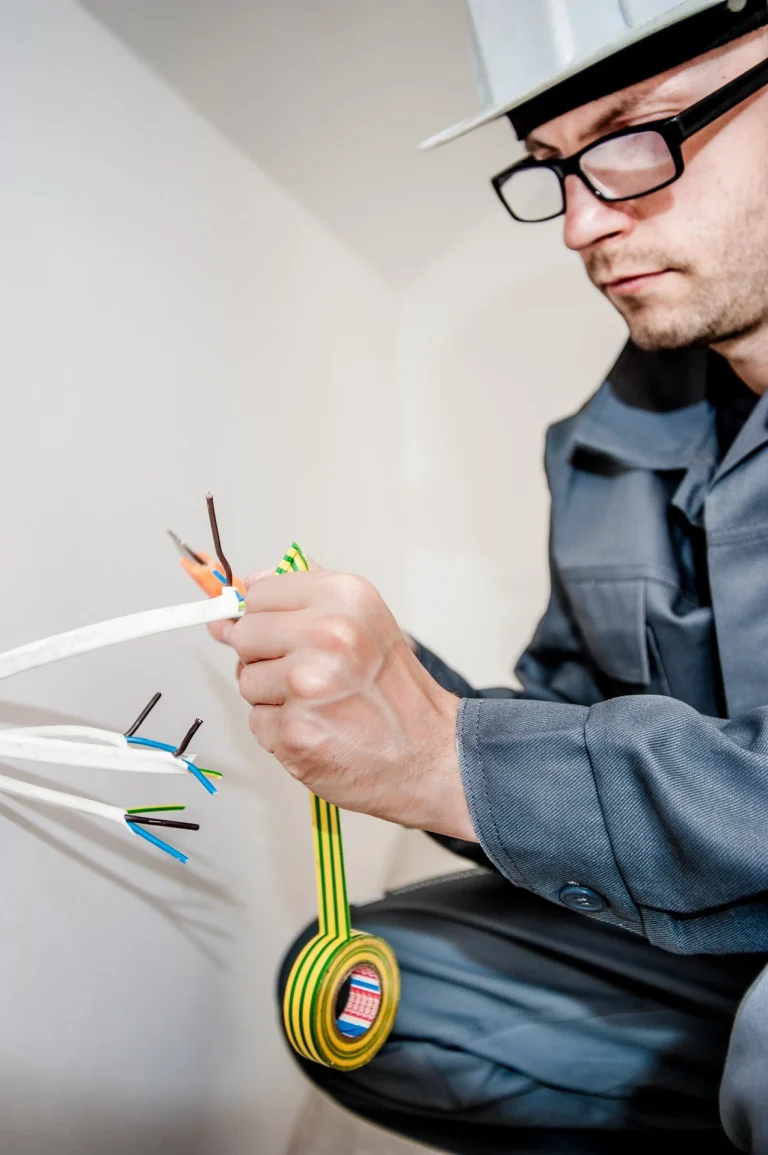
Do You Need Planning Permission To Install A Heat Pump?
Since the end of 2011, all heat pumps (air, ground, and water) have been classified as permitted development in England, so no planning permission is required. Parliament passed this to make it simpler for people to put renewable technologies in their homes.